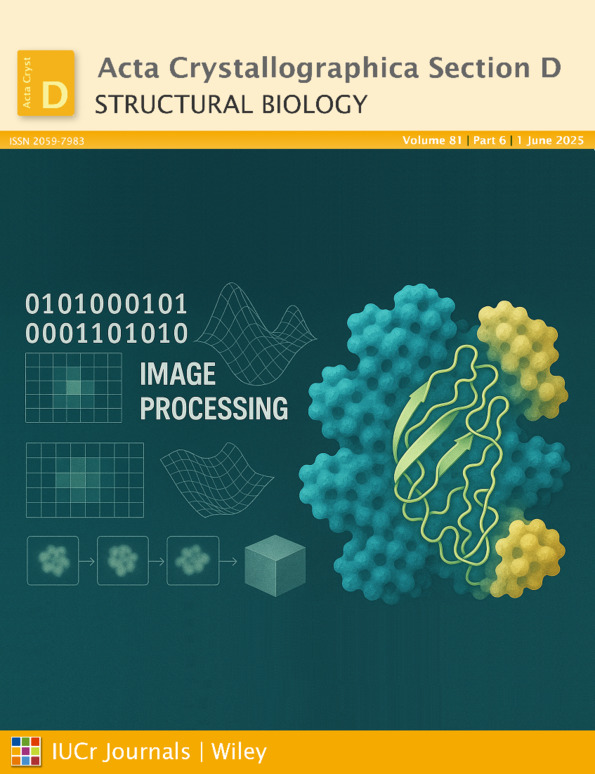Enhanced intensity-based clustering of isomorphous multi-crystal data sets in the presence of subtle variations
Abstract
Multi-crystal processing of X-ray diffraction data has become highly automated to keep pace with the current high-throughput capabilities afforded by beamlines. A significant challenge, however, is the automated clustering of such data based on subtle differences such as ligand binding or conformational shifts. Intensity-based hierarchical clustering has been shown to be a viable method of identifying such subtle structural differences, but the interpretation of the resulting dendrograms is difficult to automate. Using isomorphous crystals of bovine, porcine and human insulin, the existing clustering methods in the multi-crystal processing software xia2.multiplex were validated and their limits were tested. It was determined that weighting the pairwise correlation coefficient calculations with the intensity uncertainties was required for accurate calculation of the pairwise correlation coefficient matrix (correlation clustering) and dimension optimization was required when expressing this matrix as a set of coordinates representing data sets (cosine-angle clustering). Finally, the introduction of the OPTICS spatial density-based clustering algorithm into DIALS allowed the automatic output of species-pure clusters of bovine, porcine and human insulin data sets.




